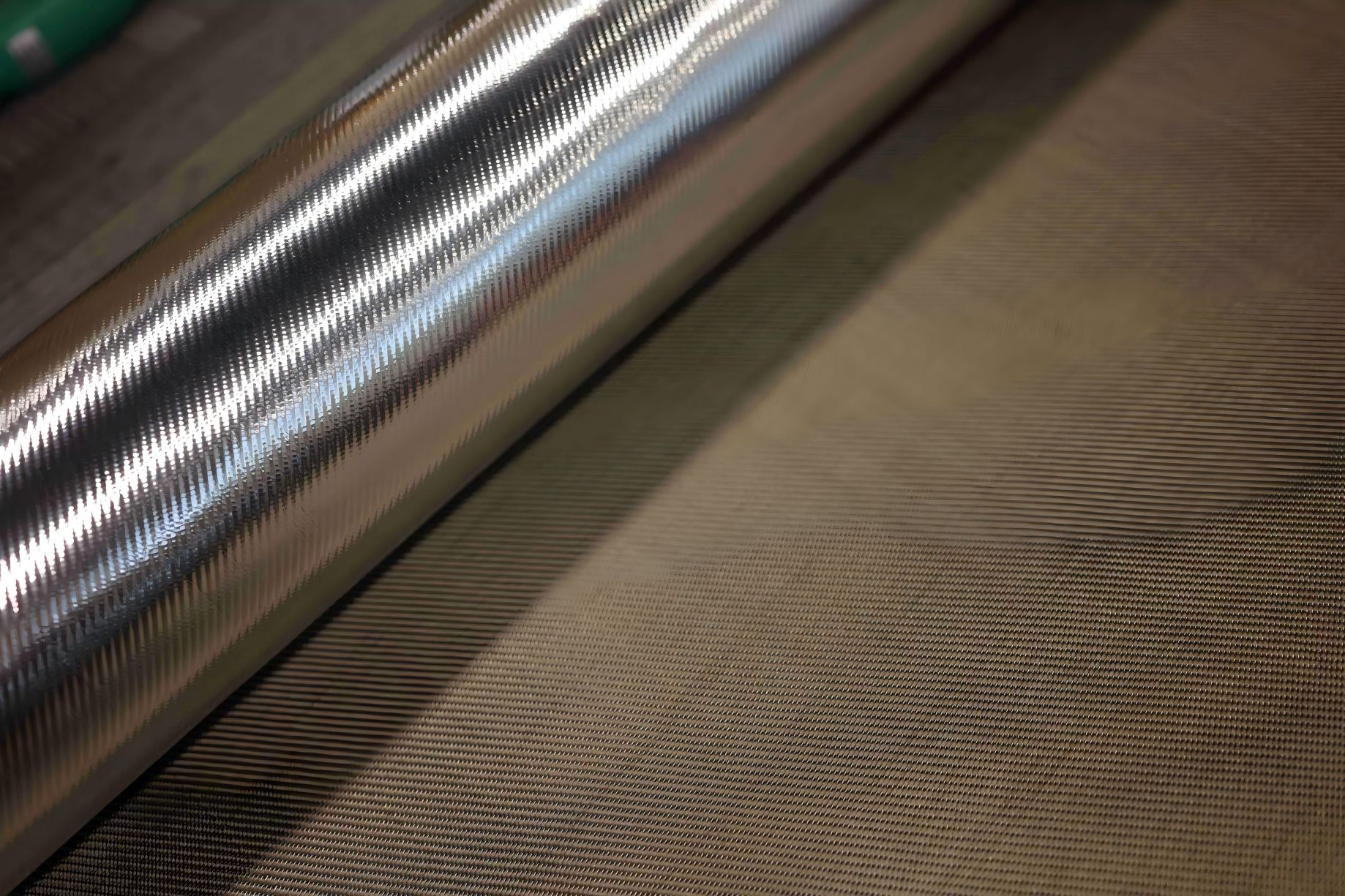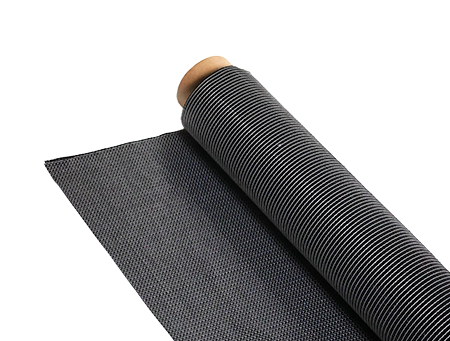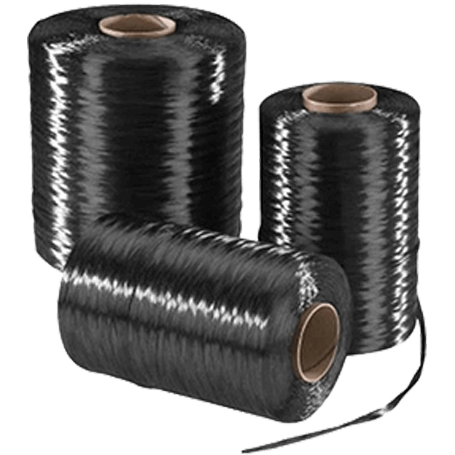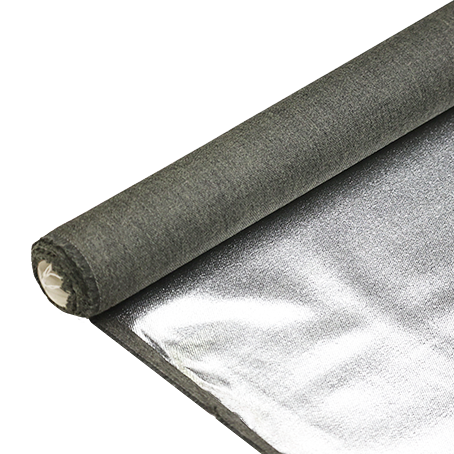Understanding Reinforced Plastics Material: A User’s Friendly Guide
-
 Your Composites Expert Carbon Fiber Materials&Products
Your Composites Expert Carbon Fiber Materials&Products -
-1.png?width=686&height=617) Your Composites Expert Aramid Fiber Materials&Products
Your Composites Expert Aramid Fiber Materials&Products -
 Your Composites Expert UHMWPE Materials&Products
Your Composites Expert UHMWPE Materials&Products -
 Your Composites Expert Fiberglass Materials&Products
Your Composites Expert Fiberglass Materials&Products -
 Your Composites ExpertPBO Materials&Products
Your Composites ExpertPBO Materials&Products -
 Your Composites Expert Basalt Materials&Products
Your Composites Expert Basalt Materials&Products
In this comprehensive guide, we will explore the world of reinforced plastics. Reinforced plastics, also known as plastic composites or composite materials, are a combination of a polymer matrix and reinforcing fibers. These materials offer unique advantages over traditional plastics, such as increased strength, durability, and design flexibility.
Throughout this guide, we will break down the various types of reinforced plastics, including reinforced polymer, fiber-reinforced plastics, reinforced thermoplastics, and reinforced thermosetting plastics. We will also explore the many applications of reinforced plastics, which range from automotive and aerospace to construction and consumer goods.
Key Takeaways:
- Reinforced plastics are composite materials made up of a polymer matrix and reinforcing fibers.
- They offer advantages over traditional plastics, such as increased strength, durability, and design flexibility.
- Reinforced plastics come in various forms, including fiber-reinforced plastics and reinforced thermoplastics and thermosetting plastics.
- They find applications in many industries, including automotive, aerospace, construction, and consumer goods.
- Reinforced plastics contribute to sustainability efforts by reducing fuel consumption and waste.
What are Reinforced Plastics?
Reinforced plastics, also known as composite materials, are a type of material made by combining a polymer matrix with reinforcing fibers. The polymer matrix provides the shape and structure, while the reinforcing fibers enhance the strength and durability of the material. This combination results in a material that is stronger and more rigid than traditional plastics.
Composite materials have gained popularity in recent years due to their superior mechanical properties. They are widely used in various industries, from transportation to consumer goods. Their unique composition makes them ideal for applications where strength, durability, and lightweight are essential.
Reinforced plastics are a type of composite material that uses a polymer matrix, typically made of epoxy or polyester, and reinforcing fibers. The fibers can be made of glass, carbon, or aramid, among other materials. The fibers provide strength and stiffness to the material, while the polymer matrix holds the fibers in place and provides the overall shape and structure of the material.
Types of Reinforced Plastics
Reinforced plastics come in various forms, including fiber-reinforced plastics (FRP), reinforced thermoplastics, and reinforced thermosetting plastics.
Fiber-reinforced plastics have fibers such as glass, carbon, or aramid embedded in a polymer matrix. These fibers provide strength and stiffness to the material, making them ideal for applications where high strength and lightweight properties are essential. Glass fiber-reinforced plastics are commonly used in the construction industry for pipes, tanks, and roofing materials.
Reinforced thermoplastics are made using thermoplastic polymers, which can be melted and reshaped. This allows for greater flexibility in design and ease of production. Reinforced thermoplastics are used in the automotive industry for bumpers and interior components due to their high impact resistance.
Reinforced thermosetting plastics are created by curing the polymer matrix using heat, resulting in a strong and rigid material. Epoxy resins are commonly used as the polymer matrix in reinforced thermosetting plastics. These materials are often used in the aerospace and marine industries for structural components due to their high strength and excellent resistance to chemicals.
Each type of reinforced plastic has its own unique properties, making them suitable for various applications.
Advantages of Reinforced Plastics
Reinforced plastics offer several advantages over traditional materials. Firstly, their exceptional strength-to-weight ratio makes them ideal for applications where weight is a concern. This property means that products made from reinforced plastics are strong and rigid, yet lightweight, making them easier to transport and manipulate.
Another advantage of reinforced plastics is their superb chemical resistance. They can withstand harsh environments, which makes them perfect for applications where exposure to chemicals is a concern. This property also makes them an excellent choice for products used in corrosive and high-temperature environments.
Reinforced plastics also offer design flexibility due to their unique properties. They can be molded into intricate shapes, which makes them ideal for products that require complex shapes. This flexibility in design also means that reinforced plastics can be used to create products with unique properties such as biocompatibility and flame retardance.
Finally, reinforced plastics offer excellent thermal and electrical insulation properties. This property makes them ideal for applications such as electrical and electronic components, where protection against heat and electrical conductivity is paramount.
Applications of Reinforced Plastics
Reinforced plastics have found wide applications in various industries due to their excellent properties. Let's take a closer look at some of the most common reinforced plastic products:
| Industry | Applications |
| Automotive | Body panels, interior components, engine components |
| Aerospace and Marine | Structural components, panels, fairings, ducting |
| Construction | Pipes, tanks, roofing materials |
| Consumer Goods | Furniture, sporting goods, electronics |
Reinforced plastics have revolutionized the transportation industry with their lightweight nature, reducing fuel consumption and carbon emissions. They have replaced traditional materials such as metals and wood in various applications due to their superior strength and durability. Additionally, the design flexibility of reinforced plastics allows for the production of complex shapes and sizes, making them ideal for unique applications.
The excellent chemical resistance of reinforced plastics also makes them suitable for use in corrosive environments. In the marine industry, for example, reinforced plastics are used in boat hulls, decks, and masts due to their resistance to saltwater and harsh weather conditions.
With the increasing demand for sustainability, reinforced plastics are becoming more popular in building materials, such as roofing tiles and insulation. They are also found in renewable energy applications, such as wind turbine blades and solar panel components.
Overall, reinforced plastics have become an integral part of modern industries, providing innovative solutions that meet the demands of various applications.
Composite Materials: A Versatile Solution
Reinforced plastics, as composite materials, offer a versatile solution for many industries. Their combination of strength, lightweight, and durability makes them ideal for a wide range of applications. From transportation to construction to consumer goods, composite materials provide innovative solutions that meet the demands of modern industries.
The advantages of reinforced plastics as composite materials are numerous. They have a high strength-to-weight ratio, which means they can handle heavy loads while being lightweight. This feature is beneficial in applications such as aviation and automotive industries. They also exhibit excellent chemical resistance, making them suitable for use in corrosive environments. Reinforced plastics offer design flexibility, as they can be molded into complex shapes and sizes, making them suitable for a variety of products and components.
The applications of reinforced plastics are extensive and diverse. In the automotive industry, reinforced plastics are used for lightweight body panels and components, reducing vehicle weight and improving fuel efficiency. In the aerospace and marine industries, reinforced plastics are used for structural components due to their high strength-to-weight ratio. The construction industry uses reinforced plastics for pipes, tanks, and roofing materials due to their durability and resistance to corrosion. Reinforced plastics are also found in consumer goods such as furniture, sporting goods, and electronics due to their design flexibility and aesthetics.
Overall, reinforced plastics as composite materials offer a sustainable solution for numerous industries. Their durability and longer lifespan reduce the need for frequent replacements, resulting in less waste. The continuous research and development in reinforced plastics are leading to new fibers and polymers that enhance strength and performance while reducing production costs. The possibilities for innovative solutions and applications with reinforced plastics are endless.
Reinforced Plastics: A Sustainable Choice
Reinforced plastics offer not only superior strength and durability but also contribute to sustainability efforts. They provide a lightweight alternative to traditional materials, reducing fuel consumption in transportation and lowering carbon emissions. The extended lifespan of reinforced plastics also means fewer replacements and less waste. Additionally, the versatility of reinforced plastics allows for material optimization, further reducing waste. These factors make reinforced plastics a sustainable choice for various industries.
Moreover, the benefits of reinforced plastics extend beyond sustainability. Their excellent chemical resistance, design flexibility, and thermal and electrical insulation properties make them an ideal alternative to traditional materials. Reinforced plastics' ability to be molded into complex shapes and sizes offers innovative solutions for various industries, including automotive, aerospace, construction, and consumer goods. The advantages of reinforced plastics make them a preferred choice for many applications, and their sustainability makes them a responsible choice for the environment.
Choose reinforced plastics for a sustainable option that doesn't sacrifice strength or versatility.
Innovations in Reinforced Plastics
Continuous advancements in reinforced plastics have led to the development of innovative composite materials that are stronger and more durable than ever before. Research and development have resulted in the introduction of new types of fibers and polymers, such as graphene and carbon nanotubes, which enhance the strength and performance of reinforced plastics. New manufacturing processes, such as 3D printing, allow for more efficient and cost-effective production of composite materials.
One of the most exciting innovations in reinforced plastics is their use in creating smart materials. These materials can change their properties in response to external stimuli, such as changes in temperature or pressure. For example, a smart composite material could change its stiffness when subjected to varying loads, making it ideal for use in the aerospace industry where weight reduction and impact resistance are crucial.
Another exciting development in reinforced plastics is the use of natural fibers, such as hemp and flax, in composite materials. These fibers offer a more sustainable alternative to traditional materials and have the potential to significantly reduce the environmental impact of reinforced plastics. Their use also presents an opportunity for the development of biodegradable composite materials that can be used in a range of applications.
Innovations in reinforced plastics continue to push the boundaries of what is possible and open up new opportunities for their use in various industries. With their versatility and sustainability, reinforced plastics offer a cutting-edge solution to the challenges of modern manufacturing and design.
Conclusion
Reinforced plastics, also known as composite materials, offer a range of benefits and applications. Their strength, lightweight, and versatility make them a preferred choice in industries such as automotive, aerospace, construction, and consumer goods. These advantages are just the tip of the iceberg, and as advancements continue to be made, reinforced plastics will play an increasingly important role in finding sustainable solutions.
From their excellent chemical resistance to design flexibility, reinforced plastics are a versatile solution for many industries. They are commonly used in applications such as lightweight body panels, structural components, pipes, tanks, roofing materials, furniture, sporting goods, and electronics.
What's more, reinforced plastics are a sustainable choice. Their lightweight nature reduces fuel consumption in transportation, resulting in lower carbon emissions. Additionally, they have a longer lifespan compared to traditional materials, reducing the need for frequent replacements. The versatility of reinforced plastics allows for optimizing material usage, minimizing waste.
Innovations in Reinforced Plastics
Continuous research and development in reinforced plastics have led to numerous advancements. New types of fibers and polymers are being introduced to further enhance the strength and performance of composite materials. Manufacturing processes are becoming more efficient, reducing costs and increasing production capabilities.
Innovations in reinforced plastics continue to push the boundaries of what is possible, opening up new opportunities in various industries. As we look to the future, it is clear that reinforced plastics will play an increasingly important role in shaping our world.
So, whether you're in the automotive industry, aerospace, construction, or consumer goods, dive into the world of reinforced plastics and discover the possibilities they hold for your industry.
FAQ
What are reinforced plastics?
Reinforced plastics, also known as composite materials, are a type of material made by combining a polymer matrix with reinforcing fibers. The polymer matrix provides the shape and structure, while the reinforcing fibers enhance the strength and durability of the material.
What are the different types of reinforced plastics?
Reinforced plastics come in various forms, including fiber-reinforced plastics (FRP), reinforced thermoplastics, and reinforced thermosetting plastics. Fiber-reinforced plastics have fibers such as glass, carbon, or aramid embedded in a polymer matrix, while reinforced thermoplastics are made using thermoplastic polymers that can be melted and reshaped. Reinforced thermosetting plastics are created by curing the polymer matrix using heat, resulting in a strong and rigid material.
What are the advantages of reinforced plastics?
Reinforced plastics offer several advantages over traditional materials. They are lightweight, yet strong and durable, making them ideal for applications where strength-to-weight ratio is crucial. They have excellent chemical resistance, making them suitable for corrosive environments. Reinforced plastics also offer design flexibility, as they can be molded into complex shapes and sizes. Additionally, they have good thermal and electrical insulation properties.
What are the applications of reinforced plastics?
Reinforced plastics find applications in various industries. They are commonly used in the automotive industry for lightweight body panels and interior components. Aerospace and marine industries utilize reinforced plastics for structural components due to their high strength-to-weight ratio. Reinforced plastics are also used in construction for pipes, tanks, and roofing materials. In the consumer goods sector, they are found in furniture, sporting goods, and electronics.
Are reinforced plastics sustainable?
Yes, reinforced plastics contribute to sustainability efforts. Their lightweight nature reduces fuel consumption in transportation, resulting in lower carbon emissions. They have a longer lifespan compared to traditional materials, reducing the need for frequent replacements. Additionally, the versatility of reinforced plastics allows for optimizing material usage, minimizing waste. These factors make reinforced plastics a sustainable choice for various industries.
What innovations are happening in reinforced plastics?
Continuous research and development in reinforced plastics have led to numerous advancements. New types of fibers and polymers are being introduced to further enhance the strength and performance of composite materials. Manufacturing processes are becoming more efficient, reducing costs and increasing production capabilities. Innovations in reinforced plastics continue to push the boundaries of what is possible, opening up new opportunities in various industries.












